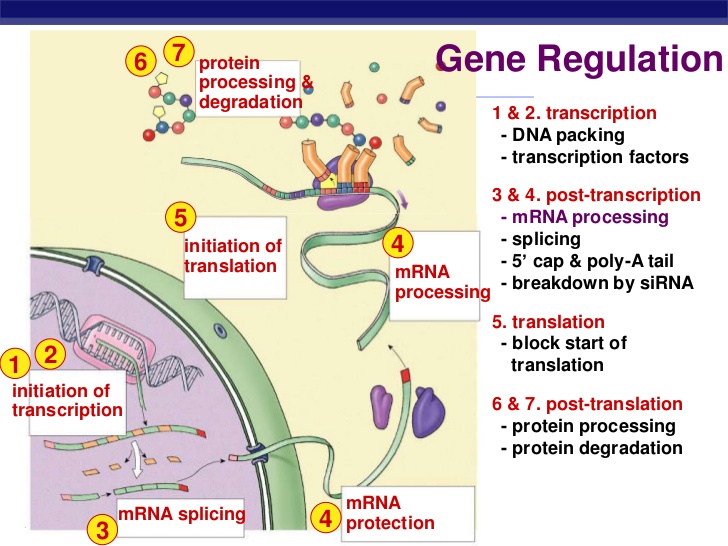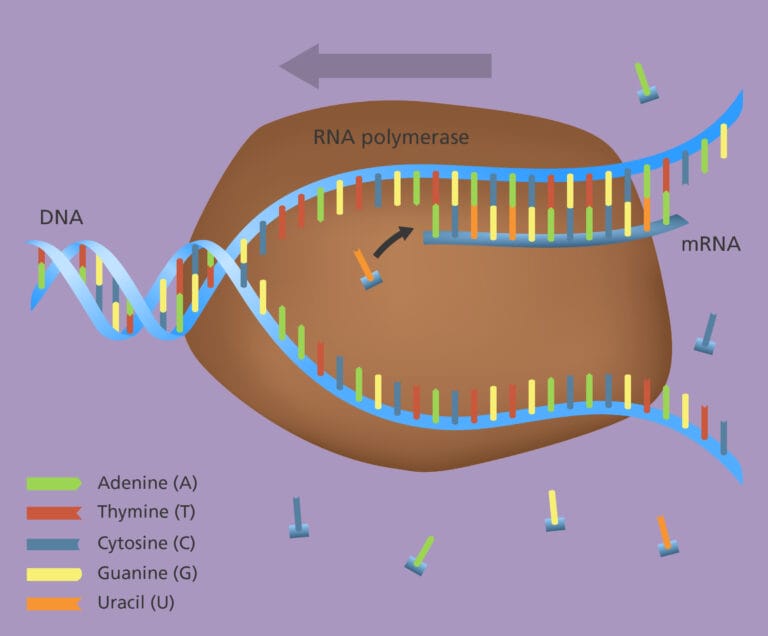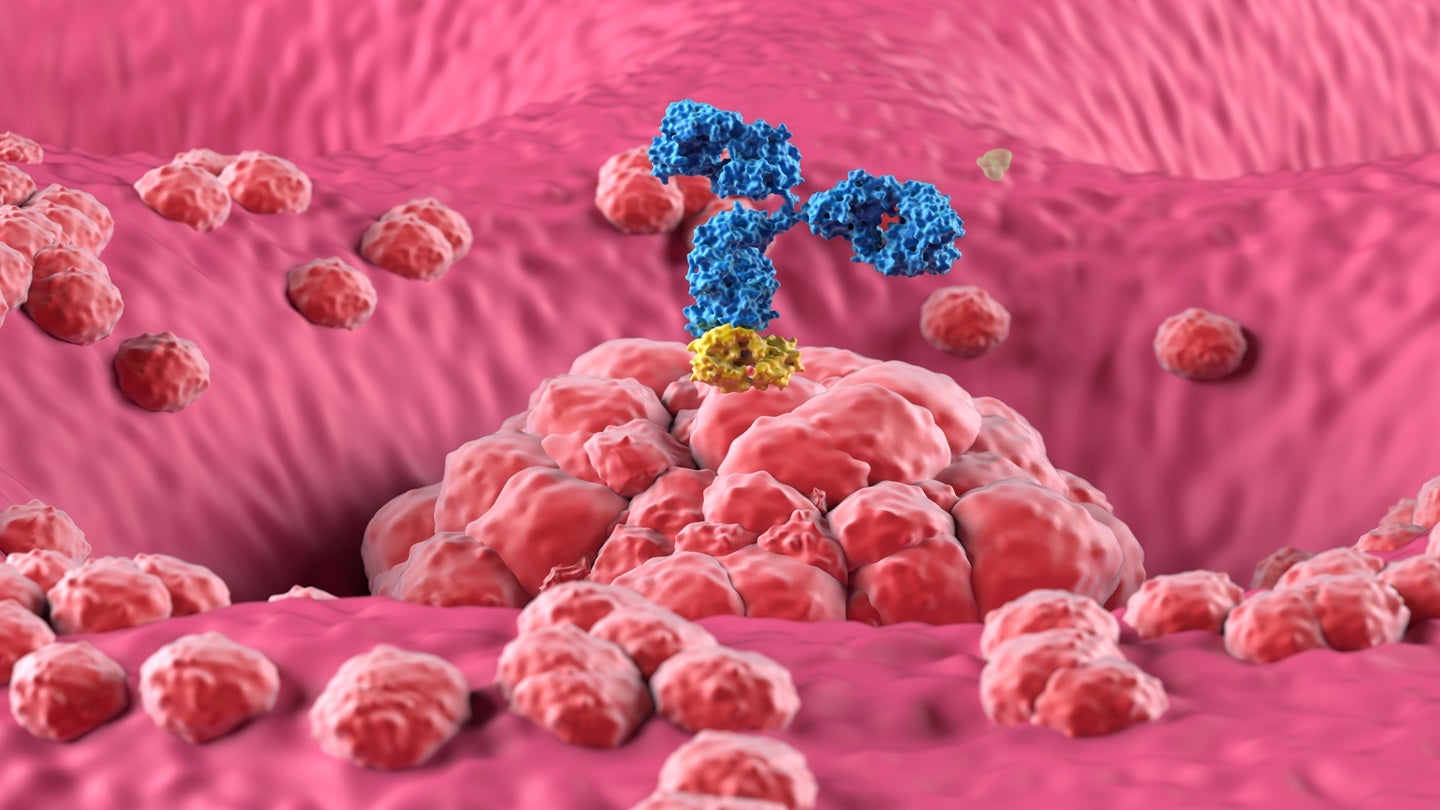
RNA’s Hidden Role in Gene Regulation
The tiny roundworm C. elegans has been the subject of a groundbreaking study that sheds light on the mysterious world of gene regulation. Researchers at Arizona State University have created a comprehensive map of the 3’UTR regions of RNA in C. elegans, providing valuable insights into the mechanisms that control gene expression.
 The tiny roundworm C. elegans, a model organism in biological research.
The tiny roundworm C. elegans, a model organism in biological research.
The Importance of 3’UTRs
3’UTRs (untranslated regions) are segments of RNA that play a critical role in gene regulation. These regions are involved in the regulation of gene expression, influencing the stability and efficiency of mRNA. Despite their importance, scientists previously knew little about them.
“This monumental work represents a culmination of 20 years of hard work. We finally have the complete picture of how genes are formed in higher organisms.” - Marco Mangone, corresponding author of the new study.
The New Study
The study, published in the journal Nucleic Acids Research, provides a detailed map of the 3’UTR regions of RNA in C. elegans. This map is a valuable tool for scientists studying how DNA genes are switched on and off after they are transcribed into RNA. Using this data, scientists can make improved predictions of how small RNA molecules (miRNAs) interact with genes to control their activity.
 Gene regulation is a complex process involving multiple mechanisms.
Gene regulation is a complex process involving multiple mechanisms.
The Significance of Gene Regulation
Gene regulation is essential for human health and disease. Problems with gene control can lead to diseases like cancer, diabetes, and neurological disorders. By providing a detailed map of 3’UTRs and their regulatory elements, the research offers new insights that could lead to better treatments and therapies.
“Genes are only half the story. The other half lies in how their effects are delicately fine-tuned.” - The author.
The Future of Gene Regulation
The new dataset produced in the study will be a key resource for scientists studying genetics and human health. The ASU team plans to continue their research to further explore how these regulatory elements work and their critical influence on gene control.
 Gene expression is a complex process involving multiple mechanisms.
Gene expression is a complex process involving multiple mechanisms.
Conclusion
The study of RNA’s hidden role in gene regulation has opened up new avenues for research into the mysteries of gene behavior. As we continue to unravel the complexities of gene regulation, we may uncover new ways to treat and prevent diseases.














